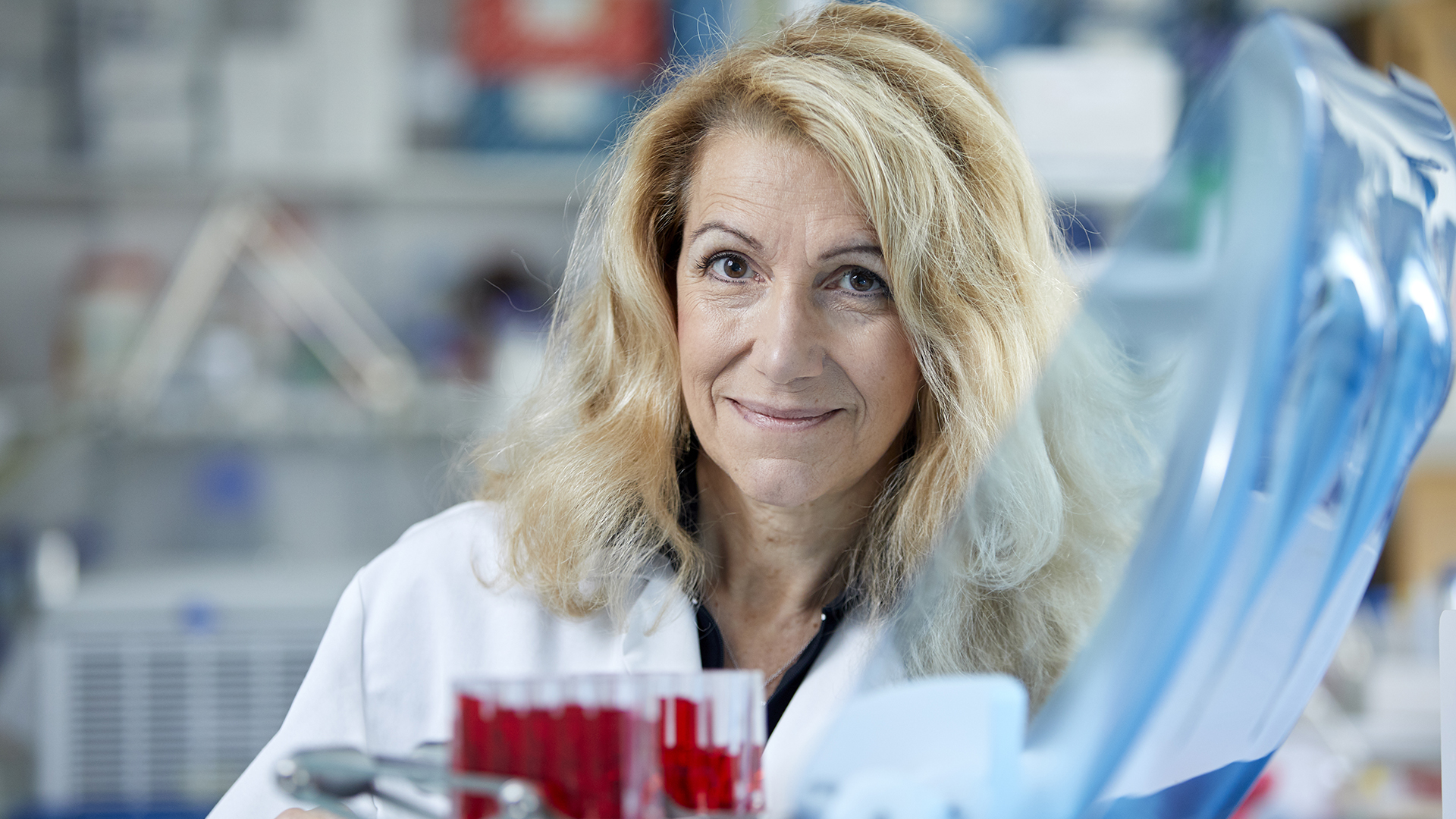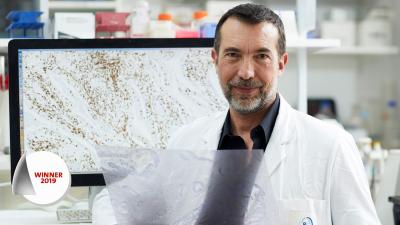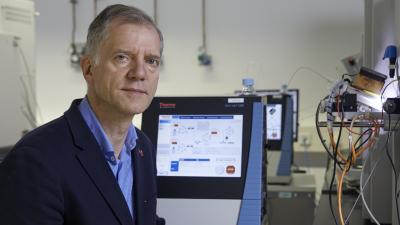Patrizia Paterlini-Bréchot
ISET® blood filtration to detect tumour cells
Finalist for the European Inventor Award 2019
Diagnosing many forms of cancer at an early stage is notoriously difficult. Diseases such as lung cancer, for example, are caught early in just 15% of cases. Often, by the time the cancer has been detected, the patient is at risk of developing secondary tumours, known as metastases, at different sites around the body. This is the main reason that many patients lose their fight with cancer. Motivated by improving the lives of patients, Paterlini-Bréchot and her team invented a test to identify the presence of cancer years before tumours develop.
Paterlini-Bréchot’s patented ISET (Isolation by SizE of Tumour cells) test is designed to give doctors the best possible chance of diagnosing and treating affected patients. For an invention at the cutting edge of cancer research, it is remarkably simple to administer. Blood is first drawn, diluted and then inserted into a small plastic cartridge containing a microscopic filter, which works under the same principle as a coffee filter. The cartridge is then inserted into a machine that performs the filtration. Smaller blood cells pass vertically through the filter’s pores leaving any larger blood cells, known as circulating tumour cells, retained within the filter, a process that takes roughly 15 minutes. Cancer specialists can then study any cells captured for a better understanding of the patient’s condition. Any rare cell found to be malignant is labelled as a circulating cancer cell.
Paterlini-Bréchot’s method could save millions of lives each year. The procedure can detect cancer cells in a patient’s blood faster than traditional medical imaging technologies or biopsies, identifying them long before these cells have had a chance to spread to other organs of the body. In one clinical trial, ISET was able to detect cancerous tumour cells in blood up to four years before cancerous lung nodules would have become visible on conventional CT scans. Doctors can also use the test to quickly check if a specific treatment is working as effective anti-cancer drugs would make the cancerous cells disappear.
Born in Northern Italy, Paterlini-Bréchot studied medicine at the University of Modena and has dedicated her life to tackling cancer. She moved to Paris to train in molecular biology in 1988, and she is currently Professor of Cellular and Molecular Biology/Oncology at the University Paris Descartes, as well as being a practitioner in the Paris public hospital system and a team research leader at the Institut national de la santé et de la recherche médicale (INSERM). Paterlini-Bréchot’s vision for the future is for the patented ISET test to become routine and incorporated into normal check-ups, which would ensure that her invention benefits the wider public.
Media gallery
Contact
European Inventor Award and Young Inventors Prize queries:
european-inventor@epo.org Subscribe to the European Inventor Award newsletterMedia-related queries:
Contact our Press team#InventorAward #YoungInventors






